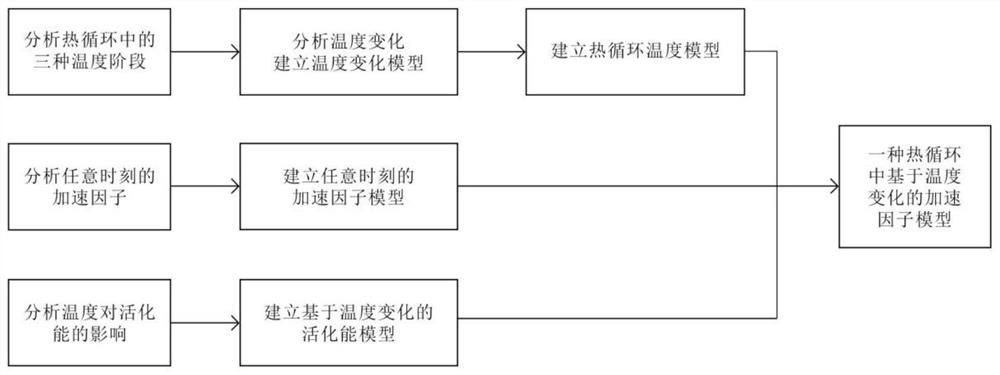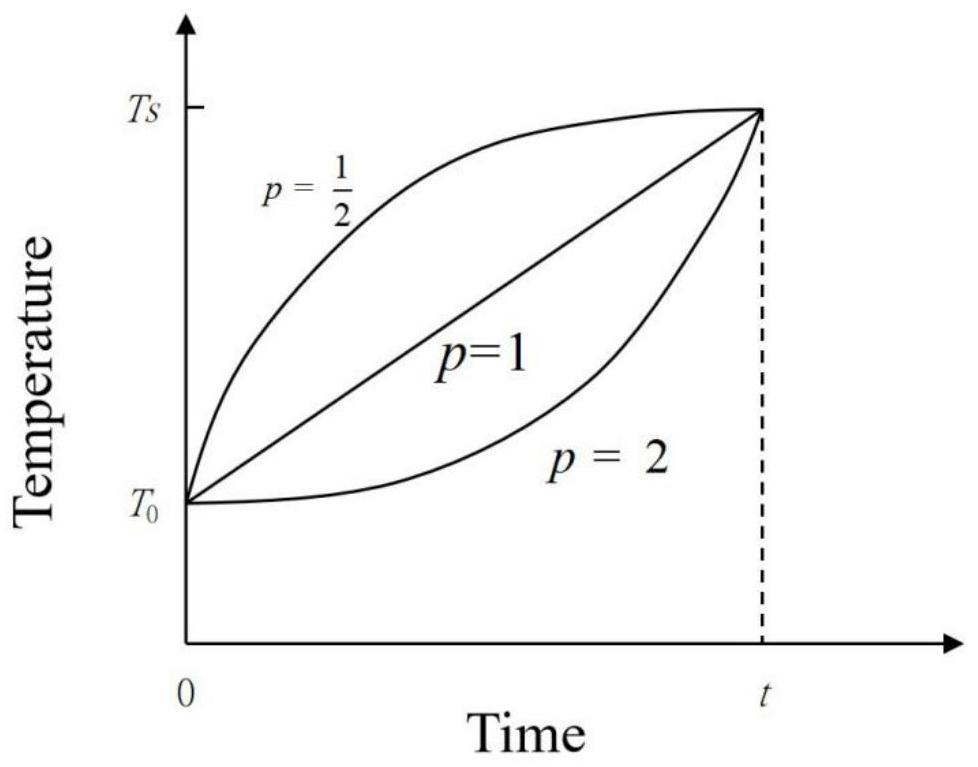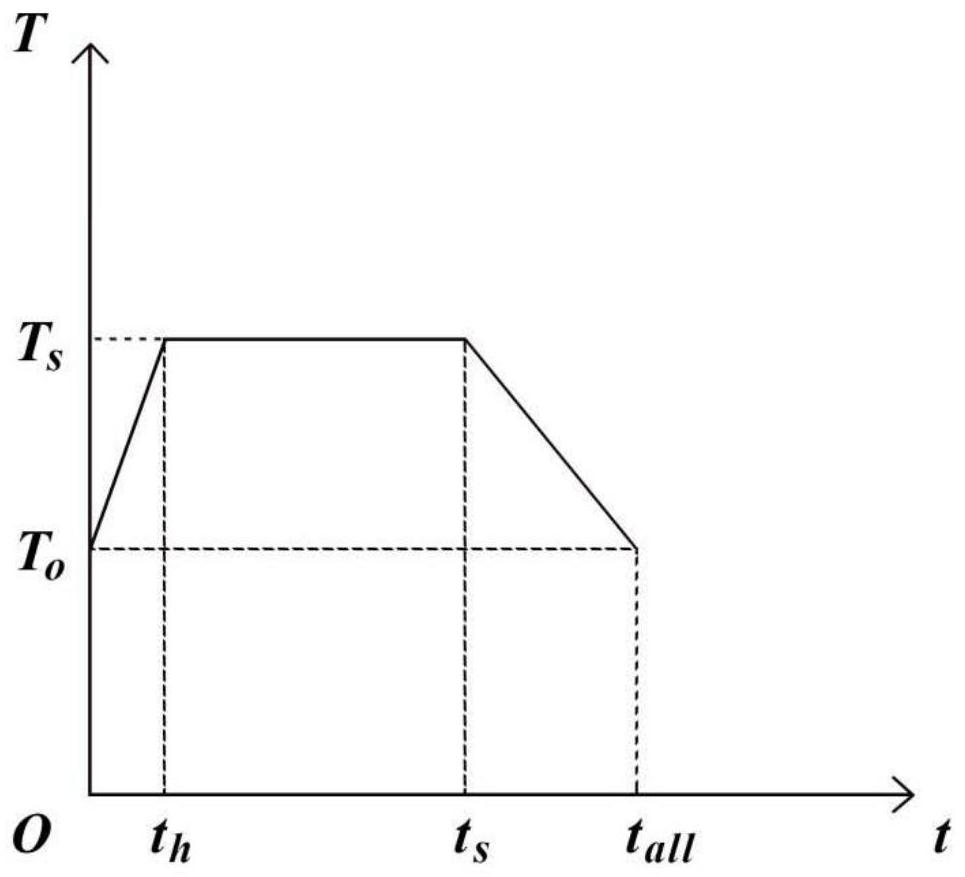Acceleration factor calculation method based on temperature change in thermal cycle
A technology of acceleration factor and temperature change, applied in the direction of calculation, computer-aided design, design optimization/simulation, etc., can solve problems such as cumulative damage of photovoltaic modules, impact on service life evaluation, etc., and achieve the effect of accurate evaluation and accurate measurement results
- Summary
- Abstract
- Description
- Claims
- Application Information
AI Technical Summary
Problems solved by technology
Method used
Image
Examples
Embodiment
[0085] In the IEC61215 standard thermal cycle test experiment, the schematic diagram of the thermal cycle is as follows Figure 4 As shown, the specific values of each parameter are as follows:
[0086]
[0087]
[0088] Among them, E A is the material activation energy of the test component, K is the Boltzmann constant, T 0 is the test start temperature, ΔT is the maximum temperature difference of IEC61215 standard thermal cycle test, T s is the maximum temperature in the thermal cycle, t 1 is the stop time of the first cooling, t 2 is the low temperature continuous stop time, t 3 is the first heating stop time, t 4 is the high temperature continuous stop time, t 5 is the stop time of the second cooling, t all is the total time of a single IEC61215 standard thermal cycle test, C 1 is the hazard rate at different temperatures, p 1 ,p 2 is the shape parameter of the heating / cooling ramp.
[0089] In this IEC61215 standard thermal cycle test experiment, there ...
PUM
 Login to View More
Login to View More Abstract
Description
Claims
Application Information
 Login to View More
Login to View More - R&D
- Intellectual Property
- Life Sciences
- Materials
- Tech Scout
- Unparalleled Data Quality
- Higher Quality Content
- 60% Fewer Hallucinations
Browse by: Latest US Patents, China's latest patents, Technical Efficacy Thesaurus, Application Domain, Technology Topic, Popular Technical Reports.
© 2025 PatSnap. All rights reserved.Legal|Privacy policy|Modern Slavery Act Transparency Statement|Sitemap|About US| Contact US: help@patsnap.com



